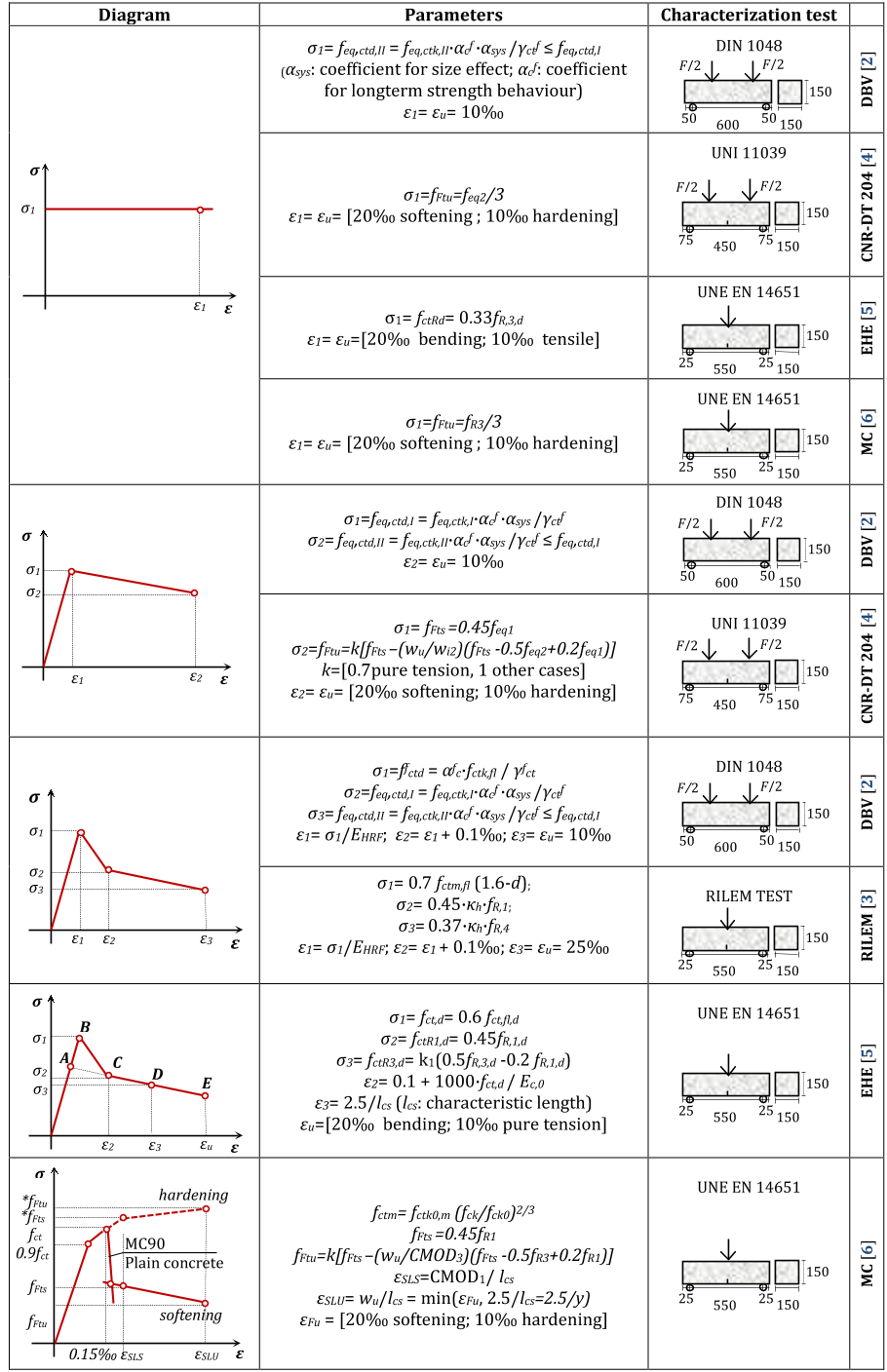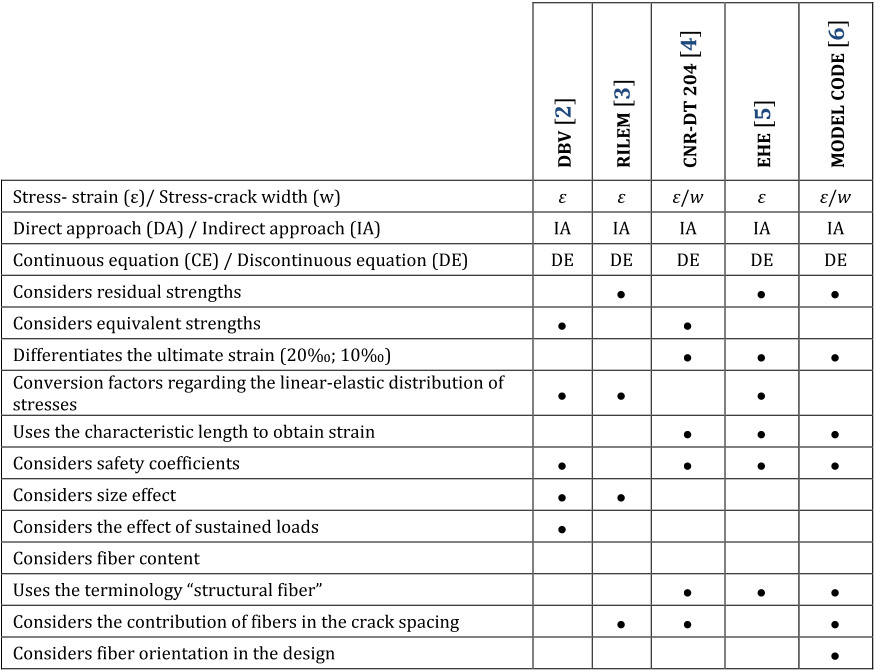Abstract: The results from small-scale laboratory tests of fibre reinforced concrete (FRC) usually show a high scatter. However, several studies indicate that the real scatter on the post-cracking response of the material reduces considerably with the increase of the size of the elements tested. Such observations highlights a possible contradiction in the design of FRC since the characteristic values estimated from small-scale tests might not be representative of large-scale structures. This could penalize the material, leading to higher fibre consumption, less competitive solutions and problems in the quality control. The main objective of the present study is to address this fundamental issue. The aim is to evaluate the scatter that is intrinsic to the FRC and how it is affected by the size of the element, the type of concrete, the type and content of fibre. For that, a novel numerical approach is proposed for the simulation of the material and its variability. Then, an extensive parametric study is conducted with more than 35,000 models, each one unique in terms of fibre distribution. Based on this analysis, equations are proposed to estimate the intrinsic scatter depending on several parameters. Finally, an alternative formulation is defined to estimate the characteristic value of the FRC considering the real structure in which it will be applied. The results derived from this study represent a contribution towards a more efficient design of structures and the reduction of the non-conformities in the quality control of the FRC.







![Fig. 1. Constitutive models (σ-ε) for the characterization of the tensile behavior of FRC [20, 22, 23].](/figures/fig-1-constitutive-models-s-e-for-the-characterization-of-1cyfwrf0.png)
![Fig. 2. Constitituve models (σ-w) for the tensile behavior of FRC [24-27].](/figures/fig-2-constitituve-models-s-w-for-the-tensile-behavior-of-1x4c1124.png)



![Fig. 3. Constitutive models (σ-w) for the tensile response of FRC [28 and 15].](/figures/fig-3-constitutive-models-s-w-for-the-tensile-response-of-1kap3mod.png)



